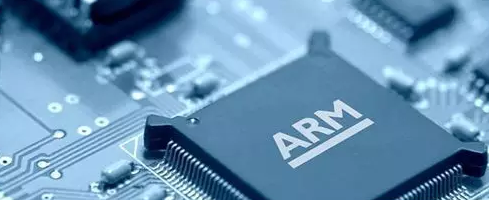3) High efficiency. The process management and scheduling system is introduced to make the system run more efficiently. In the traditional single chip microcomputer development, most of them are based on the front and back technology of interruption, which has limitations on multi task management.
Now the 8-bit MCU technology hardware development is very fast, there are many very powerful MCU. But compared with 32arm, there is still some gap.
Most arm chips integrate SDRAM, LCD and other controllers into the chip. In 8-bit computers, most of them need to be expanded.
Generally speaking, MCU is a microcontroller, arm is obviously a microprocessor.
After the introduction of embedded operating system, many functions which can not be completed by single chip microcomputer system can be realized. For example: Embedded Web server, Java virtual machine and so on. That is to say, there are a lot of free resources available. The above two services are examples. If we develop these functions on single chip microcomputer, we can imagine the difficulty.
How to choose ARM hardware for beginners?
1. If you have experience in hardware and MCU, it is recommended to make a minimum system: if you have never done ARM development, it is recommended that you do not be greedy for perfection at the beginning, and do all the applications well. Because the startup mode of arm is different from that of DSP or MCU, it will encounter various problems. Therefore, it is recommended that only flash be installed first, SRAM or SDRAM, CPU, JTAG, and reset signal small system board, leaving expansion interface. To make the smallest system work normally, you are half done. Fortunately, the peripheral interfaces of arm are basically standard interfaces. If you have wiring experience of these hardware, it is a very easy thing for you.
2. Write the startup code manually, and write a small code that can be started according to the hardware address, including the following parts:
Initialization port, shield interrupt, copy program to SRAM, complete code remapping, configure interrupt handle, connect to C language entrance. Maybe you can see that there are many things in bootloader among the sample programs given to you, but don't be bothered by these complicated programs, because you are not a developer board, your task is to make a small program, so that your application can run.
3. If you are making hardware, each manufacturer basically has a demo board schematic diagram for the chip. First digest the schematic diagram. In this way, when you design later, you will know the allocation of resources. Datsheet of electronic components must be well digested.
4. Carefully study the information of the chip you use. Although arm is compatible with the kernel, each chip has its own characteristics. These problems must be considered when programming. Especially girls, here must not rely on psychology, always want to take other people's example program modification, but the more the change more chaotic.
5. Look at some operating system programs. There are many open source programs in arm applications. If you want to improve yourself, you need to look at others' programs. Linux, UC / OS-II and so on are good source codes.
6. If you do software, you'd better understand the mechanism of the operating system. Of course, this is a piece of cake for software engineers. But if it's hardware, it's hard.
Q: is it better to make the minimum system board 2-layer PCB or 4-layer
PCB?
Answer: only at91 can use double-sided PCB, other at least 4-layer PCB; 44B0 ground and power supply can also be used with double-sided PCB.

